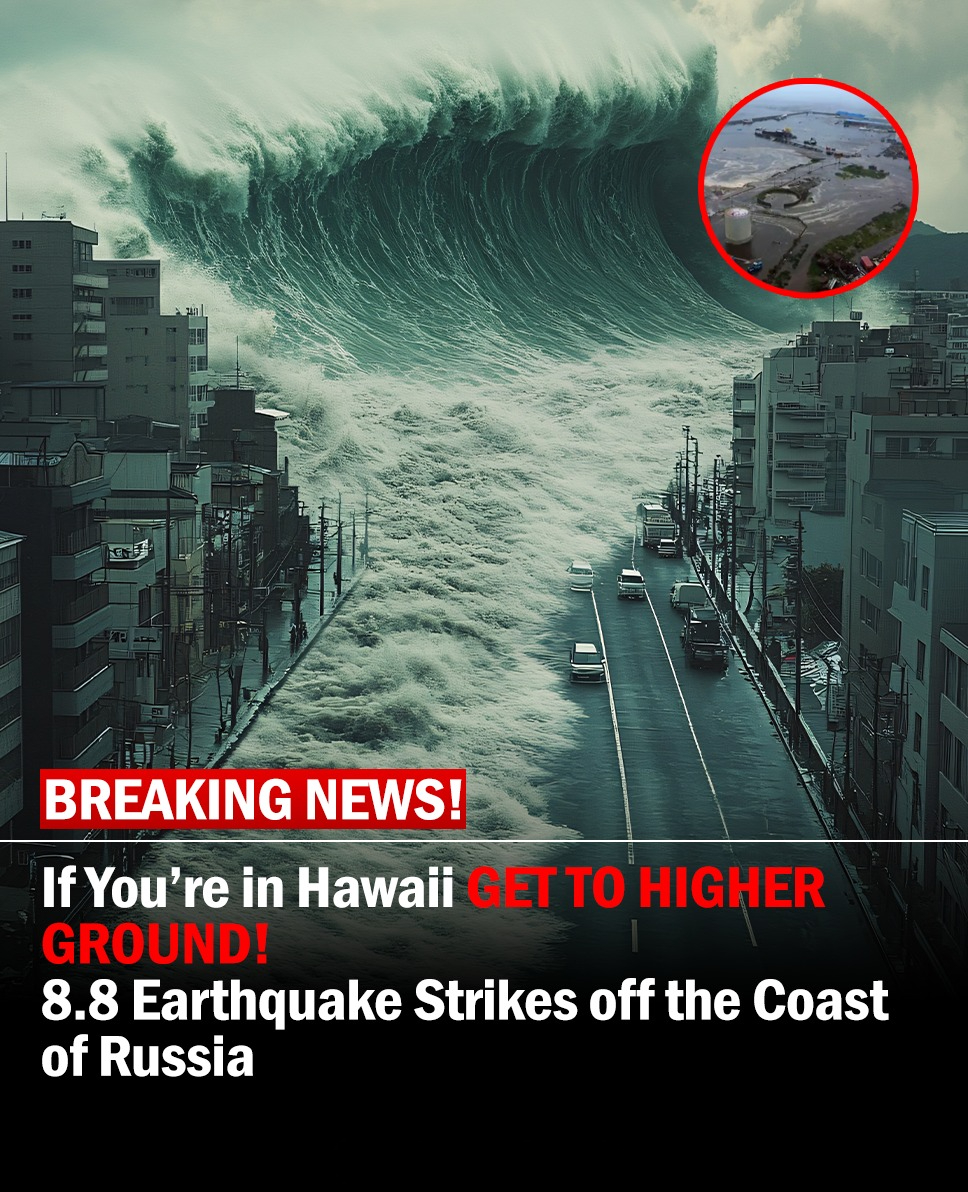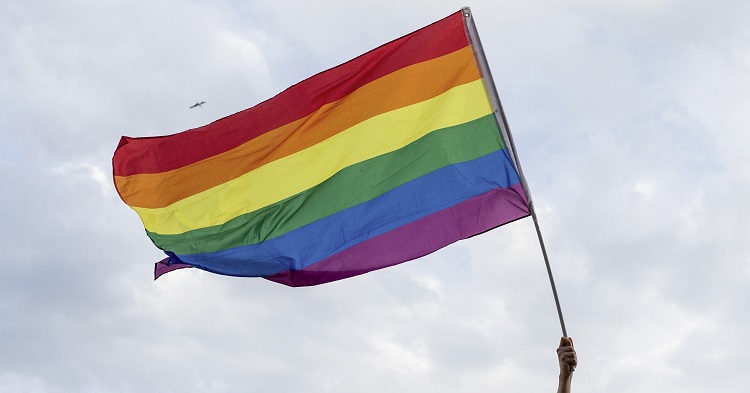
In the early hours of July 30, 2025, a massive magnitude 8.8 earthquake struck off Russia’s eastern Kamchatka Peninsula.
The quake occurred about 125–136 km east-southeast of Petropavlovsk‑Kamchatsky at a shallow depth of roughly 19.3 km, triggering tsunami alerts across the entire North Pacific region. Authorities have urgently instructed residents—particularly in Hawaii, Japan, Alaska, and parts of the U.S. West Coast—to evacuate coastal areas immediately.

Tsunami Impacts and Reported Waves
Tsunami Impacts and Reported Waves
In Russia’s Severo‑Kurilsk (Kuril Islands), waves estimated at 3–5 meters (10–13 ft) were observed, flooding coastal areas and sweeping away structures. Thankfully, local officials reported no fatalities, and all residents had been evacuated in time.
In Japan, low‑initial tsunamis reached 40–60 cm along Hokkaido and coastal Honshu, but the Japan Meteorological Agency warned waves up to 3 meters may follow. Evacuation orders were issued across northern coastal regions, including precautionary measures at the Fukushima plant, which reported no abnormalities.
Hawaii has seen tsunami activity confirmed by local gauges: a 4‑ft (1.2 m) wave recorded at Maui’s Kahului gauge and up to 1.8 m on Midway Atoll. Traffic jams erupted as residents heeded alerts to move inland. Governor Josh Green emphasized that the worst may still not be over.
On the U.S. West Coast, including California, Oregon, and Washington, authorities issued watches and advisories. Forecasts called for waves of 1–3 feet (0.3–0.9 m) at late-night hours, with caveats that larger surges remain possible.
Why This Quake Is So Dangerous
This has been the strongest earthquake globally since 2011, and the most powerful recorded in Russia since the 1952 Severo‑Kurilsk quake (~ M9.0). Megathrust earthquakes of this scale can send tsunami waves across ocean basins within hours, with unpredictable impact zones.
Experts warn of aftershocks up to magnitude 7.5, which may trigger additional tsunami pulses over the coming hours or even days.

What You Should Do Now
- If you’re in Hawaii: Move immediately to safe zones—higher ground or inland, at least 120 meters (4,000 ft) from the shoreline. Do not return to beaches or harbors until official all‑clear is given.
- If you’re in Japan, Alaska, or along the U.S. West Coast: Follow local emergency instructions—evacuate if ordered, and avoid marine and coastal areas.
- Stay tuned to official sources like tsunami.gov, local government emergency systems, and media updates.
- Understand that the threat may persist—multiple waves may arrive over extended periods, so stay in alert zones until warnings are fully lifted.
This event is being monitored in real time by international agencies and news outlets. Stay informed and take immediate safety measures.





